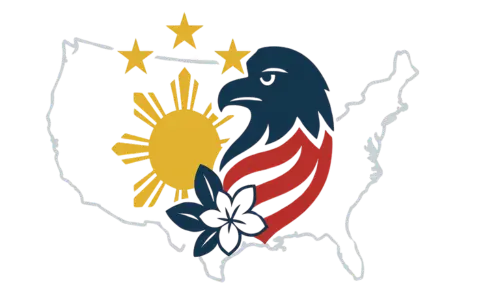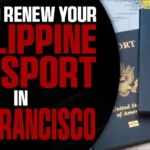History of The Philippines
The history of the Philippines spans from the arrival of the first inhabitants around 30,000 years ago to its modern status as an independent republic. Key periods include pre-colonial life, Spanish colonization, the American colonial period, and the post-independence era.
Pre-colonial Era:
- Early Inhabitants:The archipelago was populated by early migrants from the Asian mainland, likely through land bridges during the ice ages.
- Barangays:Small, independent communities called barangays emerged, led by datus.
- Trade and Influence:The Philippines engaged in trade with China and other Southeast Asian regions, leading to some cultural influences.
- Lack of Centralized Power:Unlike other Southeast Asian countries, the Philippines didn’t develop a single, powerful state before European contact.
Spanish Colonization (1521-1898):
- Ferdinand Magellan’s Arrival: Ferdinand Magellan, sailing for Spain, landed in the Philippines in 1521.
- Establishment of Spanish Rule: The Philippines became a Spanish colony, ruled by the Spanish crown.
- Catholicism and Culture: The Spanish introduced Christianity, along with their language, legal systems, and administrative structures.
- Resistance and Revolution: Over time, Filipinos developed a sense of national identity and resistance to Spanish rule, culminating in the Philippine Revolution.
American Colonial Period (1898-1946):
- Spanish-American War:The Philippines was ceded to the United States after the Spanish-American War.
- Philippine-American War:The Filipinos resisted American rule, leading to a war that lasted until 1902.
- American Government:The United States established a colonial government and initiated reforms, including education, infrastructure, and economic development.
- Japanese Occupation:During World War II, the Philippines was invaded and occupied by Japan.
- Independence:After World War II, the United States granted the Philippines its independence in 1946.
Post-Independence Era (1946-Present):
- Philippine Republic:The Republic of the Philippines was proclaimed, with a government modeled after the United States.
- Ferdinand Marcos’s Rule:Ferdinand Marcos, elected president in 1965, declared martial law in 1972, leading to a period of authoritarian rule.
- People Power Revolution:Marcos was overthrown in 1986 by the People Power Revolution, restoring democracy.
- Contemporary Issues:The Philippines continues to grapple with issues of poverty, inequality, and corruption.
- Emerging Economy:The country is transitioning to a service- and manufacturing-based economy.
This video explains the history of the Philippines in 12 minutes:




